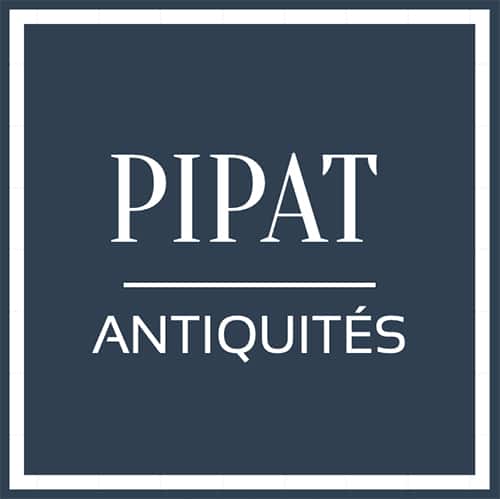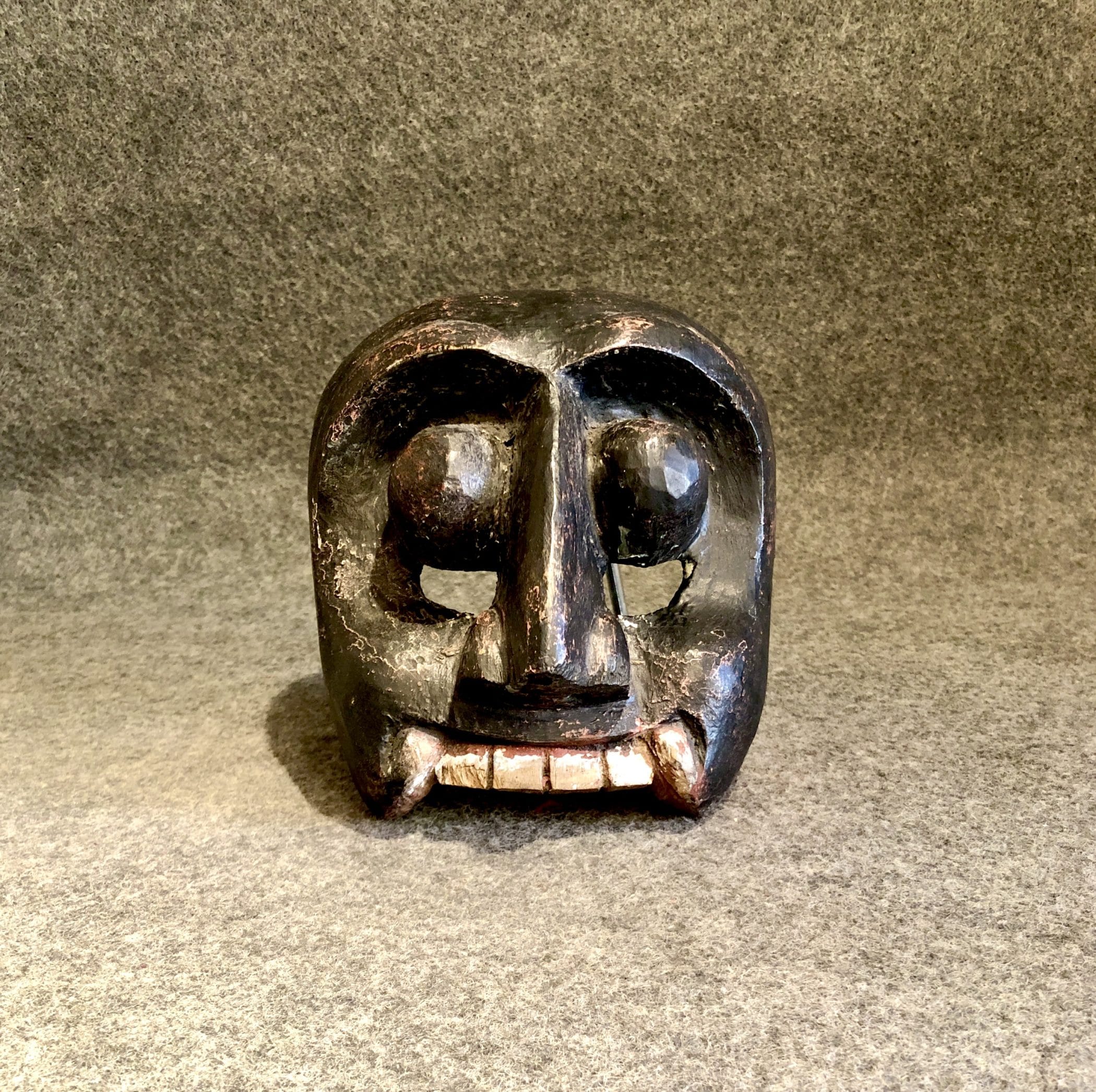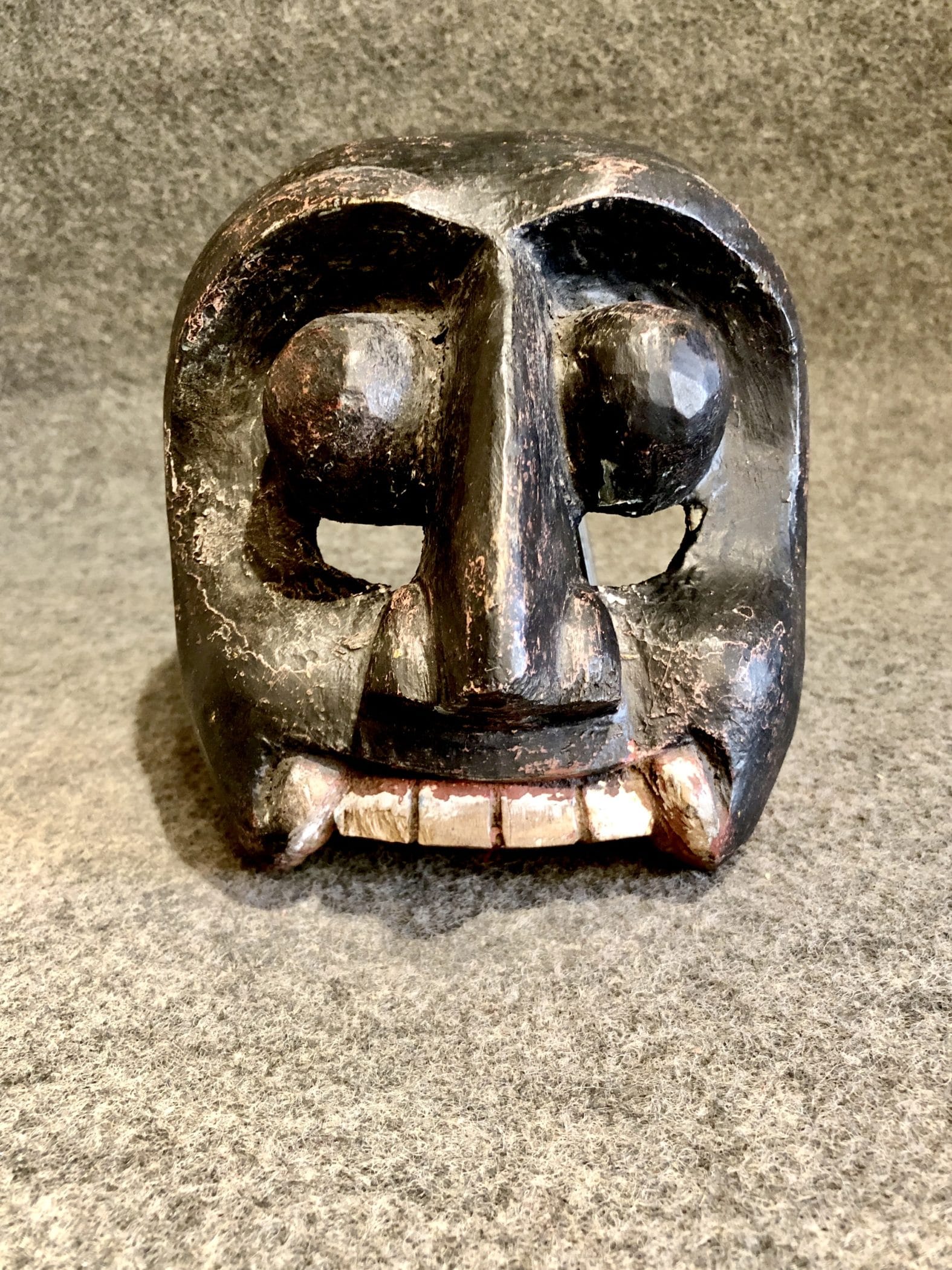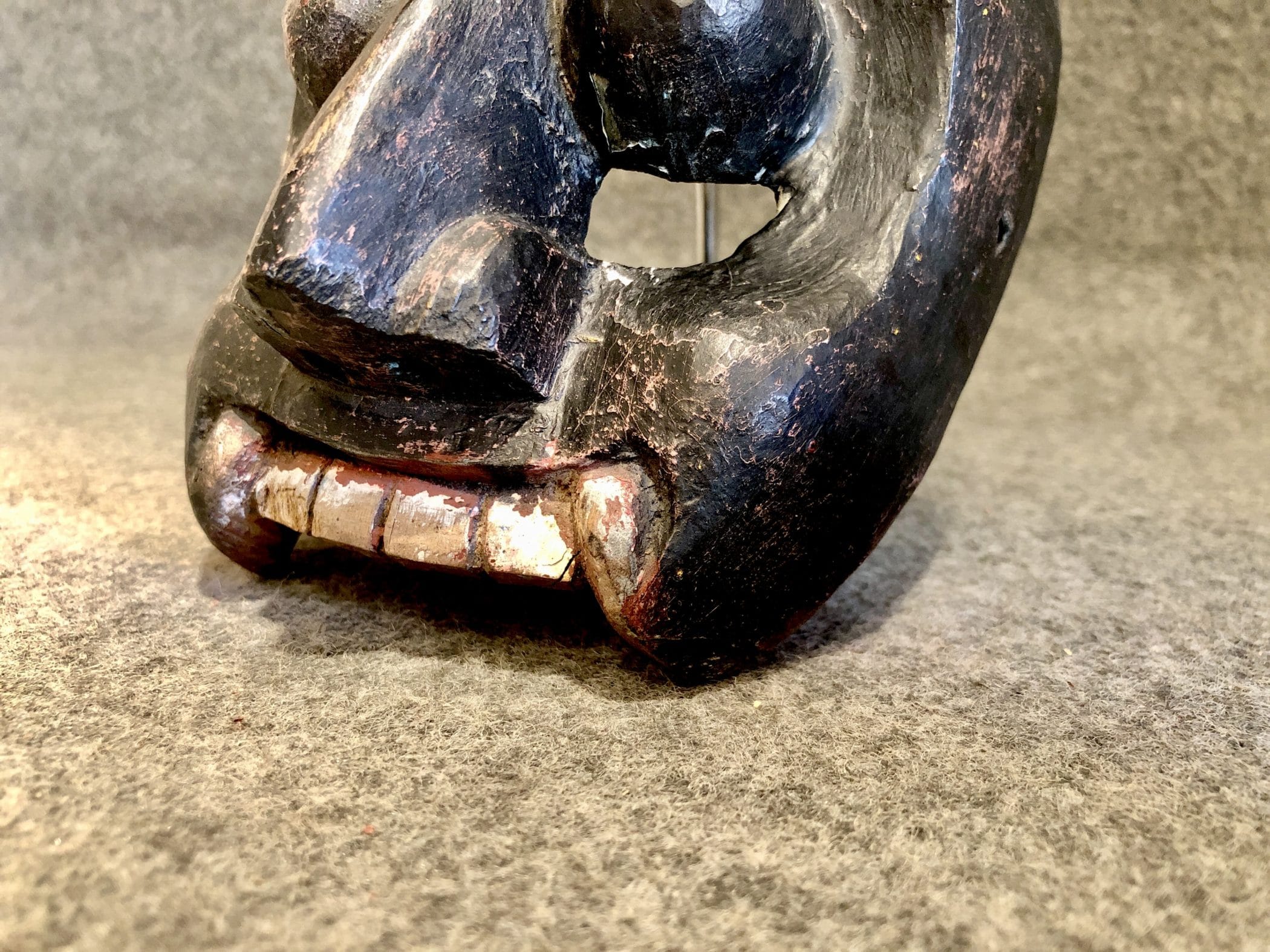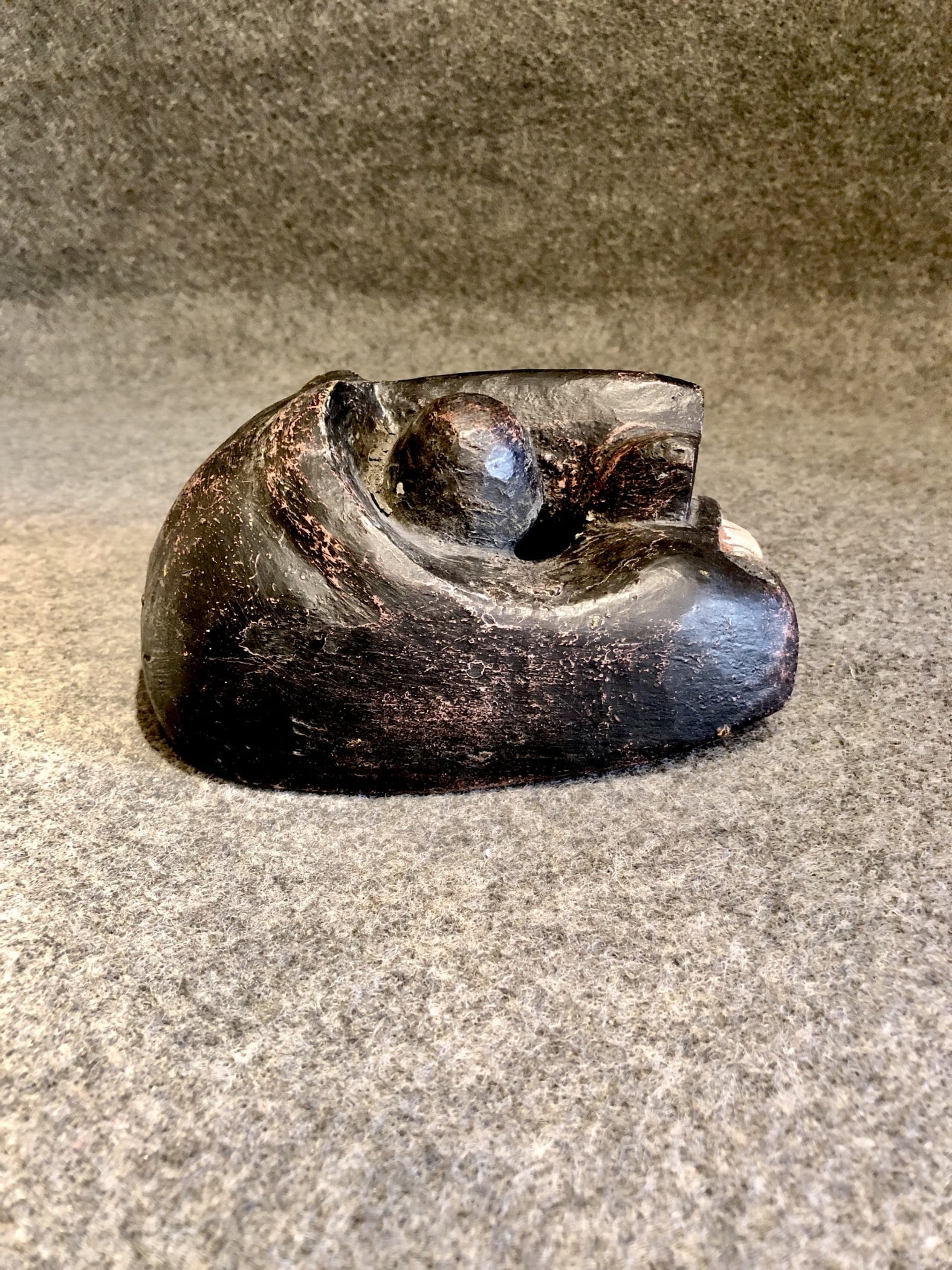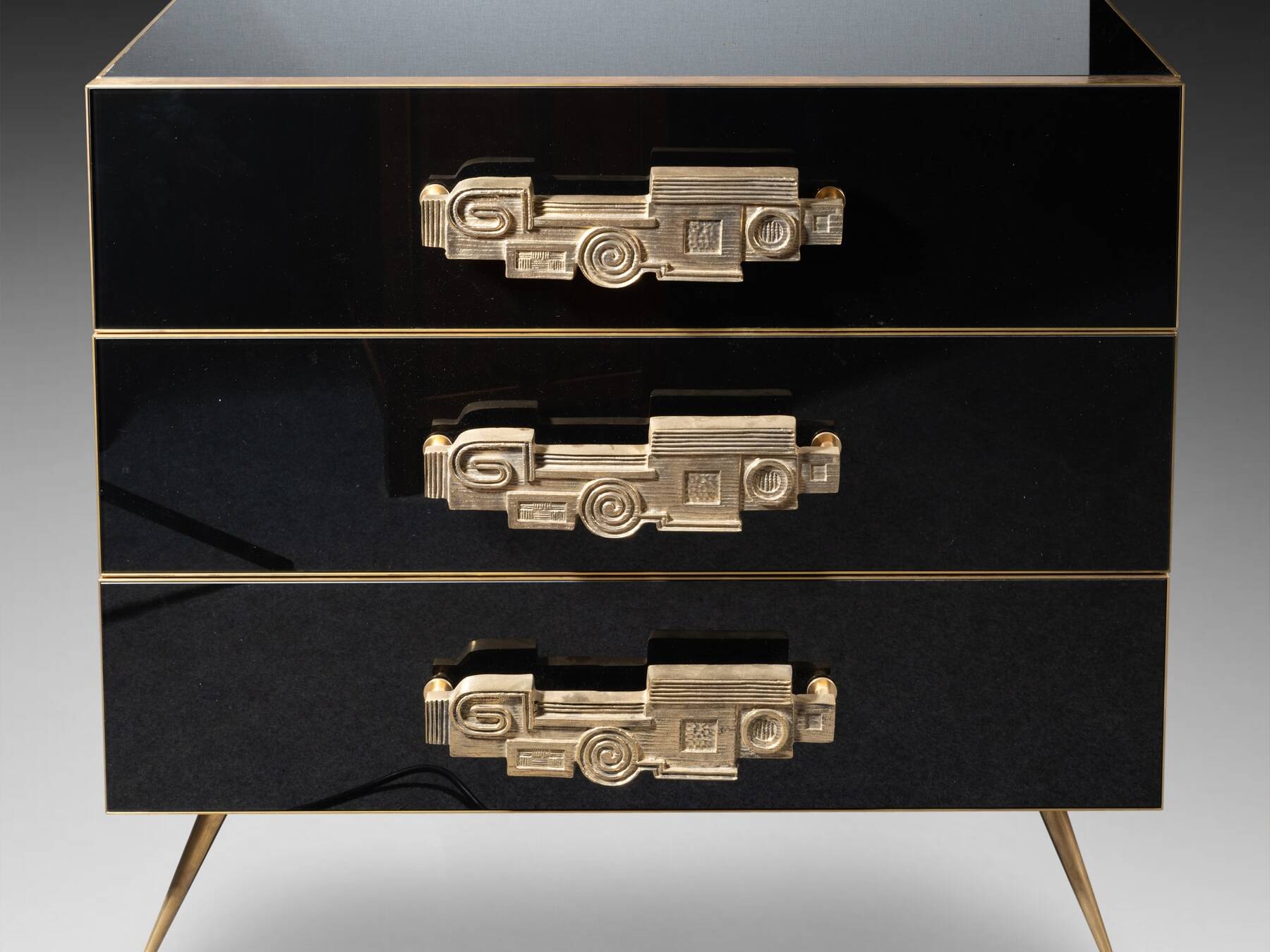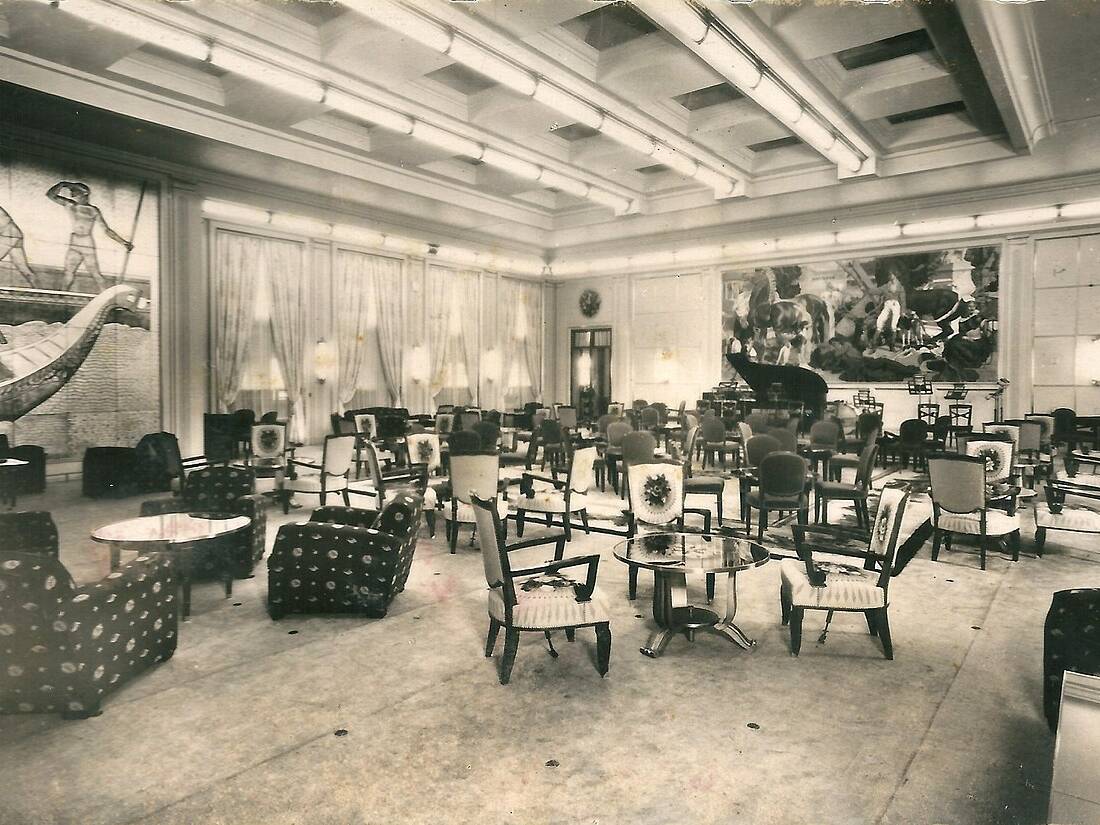Indonesian Masks: a Traditional Art from Southeast Asia
This vast archipelago in Southeast Asia has always absorbed many influences. On the Indonesian islands, the cultures have been nourished by these Hindu, animist or Muslim influences, shaping them from one island to another so that for the same character in Indonesian folklore, there are almost as many ways of representing him as there are Indonesian islands.
This light wood mask is characteristic of an artistic production common to Bali and Lombok. Designated by the term ” pule“, this wood is easily carved and gains in lightness and hardness as it dries.
This type of mask is worn during religious ceremonies or public performances. In both cases, the performance in which the masked actor participates is accompanied by song and dance. These three artistic expressions form an important part of the Indonesian art scene and their traditional practice intends that they should not be separated.
As in Japanese No theatre or Chinese Nuo opera, the masks worn by the actors have their own characteristics allowing the audience to identify the personalities of the different roles on stage.
The Topeng (mask) Bondres
Just a short distance from Bali, the island of Lombok has its own unique aesthetic. However, the characteristics of Bondres masks remain the same whether in Bali, Lombok or pre-Muslim Java.
The bondres masks free the lower part of the actor’s face and are qualified as “speaking masks”, as opposed to masks that camouflage the whole face, called mute masks. The bondresembody common people, buffoonish and caricatured characters that naturally remind Europeans of the zannisof the Commedia dell’arte.
These comic characters regularly present a physical deformation defined by the masks. Once the character is physically defined, it is easier for the audience to identify his or her role in the play.
In Java, the bondres has only one tooth and a large bump on his forehead above his bulging eyes. In Bali, a hare’s beak and, everywhere on the islands where it is, his teeth are clearly visible and often deformed.
Our mask with bulging eyes draws the upper lip of a character with twisted canines. Its long, pointed nose could be reminiscent of Javanese masks if the nostrils were thinner.
The Bondres is a character whose scenes and texts are often improvised. These are comic sketches intended to entertain the audience between acts unfolding the serious and tragic adventures of deities or mythical characters. However, there is nothing to prevent the bondres from intervening during the acts of the main play! But always, their interventions are comical. Only these characters are able to travel in the two distinct temporal spaces of the performance. Since they represent the common people – an indefinite mass that stays, watches, judges, imitates or mocks – they can be in any story. This is not the case with princes and princesses, gods and monsters whose spirit, beauty and virtues have marked mythical history.
It would be a mistake to think that bondres are just buffoons for the sake of entertainment. During their improvisations, they tackle the daily problems of society and parody or mock current events, invariably triggering laughter from the audience, who are sometimes taken to task.
These ugly-faced but quick-witted characters are to be compared with the Mad Wisdom, one of the highest expressions of spirituality in Asia. The example of Semar, a character from the Sunda culture on the island of Java, is remarkable in this respect. Although burlesque, our man is so well revered that his puppet is carefully preserved, wrapped in cloths. As one does that of an idol.
Ambiguous and turbulent, the bondres have total freedom of speech and are the link between the spiritual and the profane. Dance, laughter, the corporeal, the material – which are random components of life and embodied by the bondres – are opposed to the ideal of permanence and immobility to which man aspires and which the characters of the ancient myths represent.
Yet it is through full and complete presence that the bondres becomes a vector of spirituality. He seeks to provoke spiritual awakening by his caricatured and unusual behavior. By destabilizing, by provoking, by being turbulent and bizarre, he provokes the attention and obtains the attentive listening of his public. By infusing spirituality into everyday life and vice versa, he relativizes the discourse of myth played out on stage. The mythical characters remain examples to be followed, but the bondres ennobles real life in which spirituality and wisdom are acquired by stepping back from the random components of life, components that never appear in the myths played out on stage.
This nuance is reflected in the morphology of the masks themselves. While the bondres is a half-mask that allows the actor freedom of speech, invective and common, the masks of the mythical characters are mute because their words are inscribed in an eternity out of the common.
Indonesian Handicrafts
The design and manufacture of masks in Indonesia is a craft that is traditionally taught from father to son and requires a perfect knowledge of the rites and ceremonies in which these objects are used. Although today in Indonesia – and particularly in Bali – carved wooden masks are produced for the tourist market, they are not made in the same way as masks intended to fulfil a specific function in the rites of society.
While for the former, the details of the physiognomy will be executed with a brush, the latter will be finely chiselled and then the chiselling painted. Thus, on our bondres mask, the teeth were not simulated with a brush stroke but sculpted individually, one by one. Just as the nostrils are actually carved into the wood and not fake on the surface.
As in Chinese or Japanese theatre, colour plays a key role in the design of the mask, as it conveys a great deal of useful information to the audience. It indicates, among other things, the personality of the character, whether he or she is violent or peaceful, treacherous or loyal. The immobile masks thus find, thanks to the colour, the movements of the being. However, it is not possible to apply a “color code” to all Indonesian masks. Let us remember that Indonesia is made up of thousands of islands on which the populations have adapted locally the elements of a common culture impregnated with a rich multiculturalism.
Our bondres mask shows traces of red paint on the lips, eyebrows and eyes while the rest of the face is brown. Note that it is customary in Indonesian theatre to repaint masks for the purposes of a play if the mask in question is not that of a deity, a prince or princess or even a mythical monster.
Our mask would thus have had several “lives” with the constant of depicting only speaking and popular characters. Whether he is a bondres with bulging eyes and deformed teeth or an angry, comical character, our Indonesian mask is far from a tourist souvenir. Its early workmanship and less spectacular appearance than that of the famous monsters testify to the role it played in traditional cultural practices in late 19th and early 20th century Indonesia.
Marielle Brie
Art Historian for Art Market and Cultural Media
Author of the blog Objets d’Art et d’Histoire
Autres ressources et documentations
28 June 2025
Plaster Sculptures, Plaster Casts
For a long time, plaster casts suffered from a poor reputation. Often regarded as crude replicas, and sometimes even dismissed as inexpensive imitations, they nonetheless had…
17 April 2025
The Middle-Ages Furniture
Rare and highly sought-after, Middle-Ages furniture is making a strong comeback. An overview of this market, where enlisting the guidance of a professional is strongly advisable.
18 March 2025
Murano Glass Furniture
Since the beginning of the 20th century, Murano glassmakers have been exploring new horizons. After classic lighting and decorative art, Murano glass is now used to adorn…
16 December 2024
A bronze triton after the sculptures of François Girardon (1628 – 1715) in Versailles
This fountain element is all the more admirable as it is sculpted after the masterpieces of the Pyramid Basin, on the parterre of the North Wing of the Versailles gardens.
18 November 2024
Tyco Bookcase, by Manfredo Massironi, for Nikol International
A pure creation of optical art research in the 1960s, the Tyco library shelf designed by Manfredo Massironi invites the viewer to bring the work of art to life on a daily basis.
3 August 2024
The Ocean Liner Style
In the 20th century, the immense ocean liners connecting the Old Continent and the New World were ambassadors of tastes and innovations on both sides of the Atlantic.
